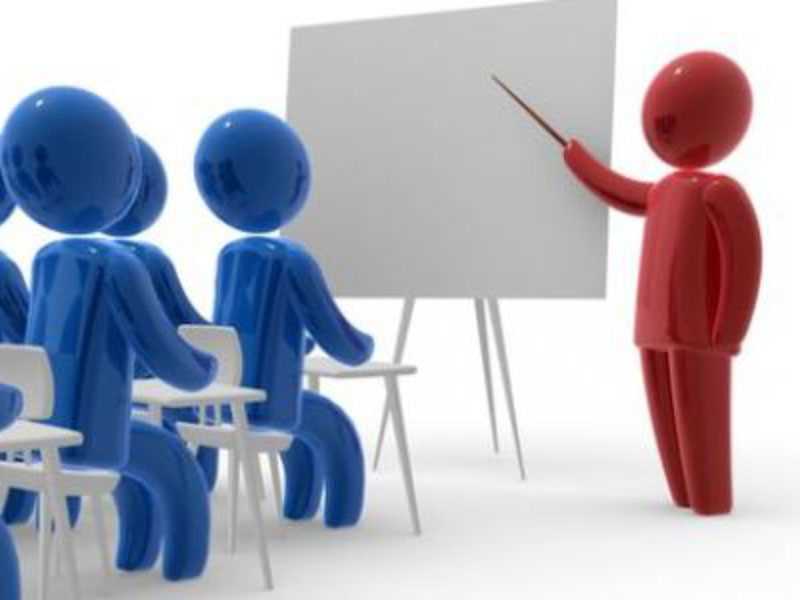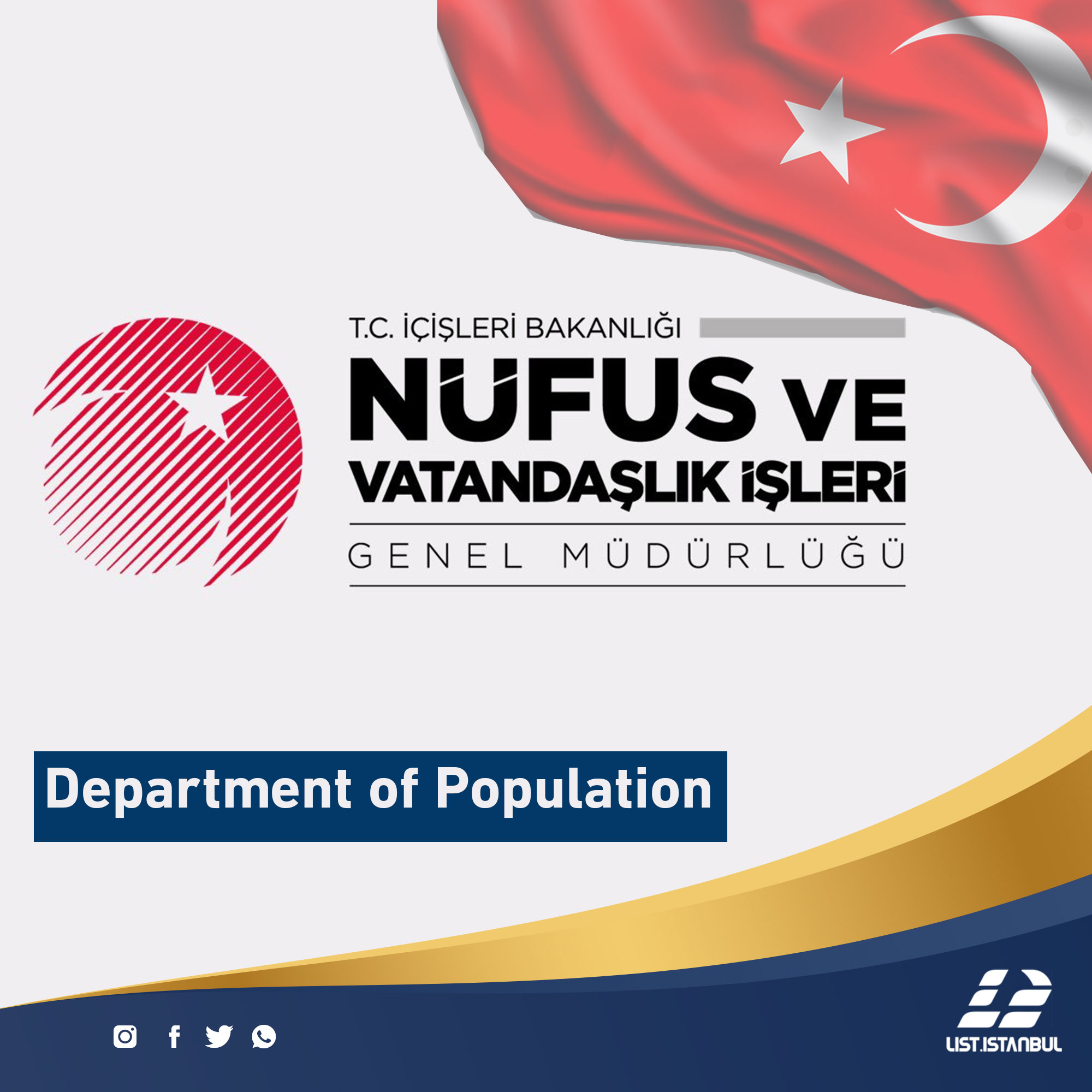Teaching strategy is a set of actions that are planned to be used in the implementation of teaching a particular subject to achieve the desired educational objectives in light of the available possibilities.
Before starting to talk about the methods, methods and strategies of teaching and the experience of effective methods, it is necessary to know the following points:
- • The experience of effective teaching is not a means experiment, as many teachers have pointed to the lack of suitable teaching methods. This is wrong. Not all methods of teaching need means and research here on the development of teaching methods and methods rather than the development of specific means.
- • In effective teaching, the teacher works to develop the thinking of his students and encourage them to practice thinking instead of just being a receptacle.
- • The choice of method of teaching and appropriate style is not exclusive to the material or other topic without the subject here is the subject of the lesson and the characteristics of the students and not the quality of the article.
- • All methods have a positive impact on the students and the teacher if applied properly, the teacher will reduce his effort because the students will have a greater role as well as the student will enjoy sharing instead of receiving only.
The difference between method and method
Teaching method
Is the means of communication used by the teacher to deliver the objectives of the lesson to his students, but the method of teaching is how the teacher addresses the way.
The method is more comprehensive than the method and has different characteristics. There is also a more comprehensive concept of the two: the teaching strategy. The strategy is chosen according to certain variables.
teaching methods
We deliberately talk here about the method before the method and the purpose of moving from private to public in order to expand the concepts of each subject.
The concept of teaching method
The method of teaching is how the teacher deals with the method of teaching during the process of teaching, or the method followed by the teacher in the implementation of the teaching method distinct from other teachers who use the same method, and then is linked mainly to the personal characteristics of the teacher.
Nature of Teaching Method
The teaching method is mainly related to the characteristics, characteristics and personal characteristics of the teacher. This indicates that there are no specific rules for the teaching methods that the teacher should follow in the process of teaching. Therefore, the nature of the teaching method depends on the teacher, his personality, his personality, linguistic expressions, Facial expressions, emotions, tone of voice, letter exits, signals and gestures, expression of values, etc., in essence represent the individual personal qualities that characterize the teacher from other teachers, and according to them is characterized by the teaching method that is used and determined i Sell it and its patterns.
Methods and types of teaching
There are also different methods of teaching and methods of teaching, but we must emphasize that teaching methods are not step-wise, and they do not follow specific conditions or standards. The teaching method as we have already shown is fundamentally related to the character, characteristics and characteristics of the teacher. There is a specific method that can be preferred to other methods, considering that the issue of preference for teaching method is dependent on the teacher himself and his preference, but we find that most studies and research on the subject of teaching methods have linked these methods and their impact on achievement, From that angle Sloop teaching can not be judged only by the impact that appears on the achievement of students.
Direct teaching methods
The method of direct teaching is defined as the kind of teaching method which consists of the views and thoughts of the self-directed teacher, which guides the work of the student and criticizes his behavior. This method is one of the methods that highlight the teacher's use of power within the classroom.
In this method, the teacher seeks to provide the students with the educational skills and skills that he considers to be appropriate, and assesses their levels of achievement according to specific tests designed to identify the extent to which the students remember the information provided to them. This approach seems to fit the first set of methods Teaching especially the method of lecture and restricted discussion.
Indirect teaching method
It is defined as the method of absorbing the views and ideas of students with a clear encouragement by the teacher to involve them in the educational process as well as in accepting their feelings.
In this method, the teacher seeks to identify the views and problems of students, and tries to represent them, and then invites students to participate in the study of these views and problems and to develop solutions appropriate to them, and ways to use this method method of solving problems and the method of discovery directed.
The teacher and the extent of his use of direct and indirect method
(Two-thirds of the time in the classroom is devoted to speaking), two-thirds of this time is occupied by the teacher, and one-third of the talk is given by the teacher. The teacher has a direct effect, but one of the researchers found that linguistic growth and general achievement is high among students who fall under the influence of indirect method, compared to their colleagues who fall under the influence of the direct method of teaching.
As one of the studies showed that the teacher's behavior and its impact on the progress of achievement of students. One teaching method is not enough, and is not appropriate for all teaching tasks, and the optimal level of each method varies according to the nature and task of learning.
The method of teaching based on praise and criticism
Some studies have supported the view that a moderate-minded teaching method has a positive impact on student achievement. I found the word excellent, thank you, associated with the growth of student achievement in science at primary school.
Some studies have also shown that there is an impact on teachers 'criticism of their students' achievement. It has been shown that over-criticism by the teacher leads to lower student achievement. Another study concludes that there is not yet one study indicating that excessive criticism accelerates the growth of learning. This approach is linked to the strategy of using reward and punishment.
Feedback based teaching approach
Several studies have examined the impact of feedback on students' academic achievement. These studies have confirmed that the feedback-based teaching method has a positive effect on student achievement. Among these studies is the Straits study, which found that students who learned this method had a significant amount of memory when compared to their classmates who were teaching in a teaching style that did not depend on feedback from the information provided.
It is a characteristic of this method to show the student levels of progress and growth of achievement in a sequential manner by determining the strengths of that collection and how to develop the levels of achievement, and this method is the most prominent methods in the methods of self-learning and individual.
Teaching method based on the use of student ideas
Flanduz divides teaching based on student ideas into five sub-levels, summarized as follows:
- • Recognize the repetition of a set of names or logical relationships to extract the idea as expressed by the student.
- • Re-edit or modify the wording of the sentences by the teacher, which helps the student to develop the idea that he understands.
- • Use an idea by the teacher to arrive at the next step in the logical analysis of the information given.
- • Find the relationship between the idea of the teacher and the idea of the student by comparing the idea of each.
- • Summarize the ideas that are listed by the student or group of students.
Teaching methods based on presentation or presentation clarity
What is meant here is the presentation of the teacher of his scientific material clearly can be absorbed by his students. Some studies have shown that the clarity of the presentation has an effective effect on the progress of student achievement, one study conducted on a group of students studying social sciences. They were asked to arrange the effectiveness of their teachers on a set of variables after the teacher completed the lesson over several consecutive days. The students who gave their teachers high marks in the clarity of the objectives of the material and their submission are more than those who gave their teachers lower grades in these variables.
The enthusiastic teaching method of the teacher
Many researchers have tried to study the impact of teacher enthusiasm as a method of teaching at the level of student achievement. Most studies have shown that the teacher's enthusiasm is linked to a significant correlation and a sign of student achievement.
The method of teaching based on individual competition
Some studies have shown that there is an effect on the teacher's use of individual competition for the relative performance of students and their academic achievement.
University teaching method
The modern teaching method depends on the method that drives the internal motivation and generates the interest that motivates the student to exert his efforts to reach his desired goals.
Different motivations for learning
The importance of the new article
For example, if a student is able to see the relationship between what he is studying at the university and the success in some aspects of activity outside the university wall, the activity that he aims to achieve from the depths of the same makes him He tends to make an effort to absorb the lesson material as long as this information will reach his desired goal.
The total width of the problem
There is another way to stimulate the inner motives of the student by presenting the problem completely before entering into the details and the importance of this presentation vary according to the expected results, if the goal is to achieve the goal of mental orientation or insight or understanding For example, In history, it is recommended to pass quickly the general reasons and trends and the results of movements before listing the details provided by the student if the public relations can be able to identify the basis on which the choice will deal with the scientific material organization and study and detail.
Interrelationships of materials
The student's self-motivation can be obtained by increasing the student's knowledge by making it clear that the material he is studying enables him to use other abilities, which means that the lecturer must see the student and be able to use abilities in the material he has acquired from other materials, Also, the new capacities it has made can be exploited in other fields.
In this way the lecturer must be keen to the goals and the material and updated in the material and thus the student turns to the capabilities acquired from different fields can be linked to each other and use them in a useful way.
There are elements and foundations for the successful method of teaching and these foundations and elements are:
- • To achieve the goal in the least time and effort of the teacher and learner
- • Raise, motivate and motivate students to take positive action and actively participate in the lesson
- • Encourage students to think
- • The method is flexible and non-static in the pictures of games and competitions and sometimes in the form of dialogues and plays and sometimes in the form of games and competitions because the continuation of the method at one pace leads to boredom and accented in the classroom and therefore diversification is required.
- • Take into account the individual differences among students in intelligence, tendencies, abilities and collection, taking into account their social and economic conditions, which works for city students may not be suitable for students of villages.
- • Link the way between the material and the reality of students
- • To raise the method in students self-reliance and not without the method of various and appropriate means
- • The method should be based on the principles of psychology and the psychological characteristics of students
- • To make the student the focus of the educational process is not appropriate for the teacher neglect his students during the lesson
Thus we know the choice of the appropriate method of study is scientific based on certain assets can not be separated.
Teaching Methods
The teaching method is the method or method chosen by the teacher to help students achieve the behavioral learning goals, a set of procedures, practices and scientific activities undertaken by the teacher in the classroom by teaching a lesson aimed at communicating information, facts and concepts to the students.
The teacher or faculty member must keep in mind the following:
- • There is no perfect method in teaching methods, but each method has advantages and disadvantages, arguments and arguments.
- • There is no single teaching method that fits all the objectives to be achieved, not all topics in one article, not all students and teachers.
- • All methods of teaching complement each other, and it is wrong to see them as contradictory and contradictory, but integrated.
- • The method of the teacher must be based on the psychological facts, the educational foundations to be approved by the students, and appropriate to their trends in the stages of development, leading to the shipment of their minds, and develop their talents, and refining their ethics, and show their personality, and be based on experience and mind, , And to know that it is not better in the way of teaching elements of thrill and novelty and novelty and the use and diversification of means.
Criteria for choosing the method of teaching
- • Educational goal
- • The nature of the learner
- • Nature of the material
- • Teacher experience
The advantages of good teaching methods include:
- • Consider the learner and stages of growth and tendencies.
- • Based on learning theories and laws.
- • Consider the growth characteristics of physical and mental learners.
- • Take into account the educational goals we want from the learner.
- • Consider the nature of the subject matter and subjects.
Teaching strategies
Learning about teaching strategies, their nature, how they are used and the limitations of this use in the context of the teacher's and others' interest in teaching and learning provide an answer to a central and compulsory question is how to study? The answer to this question depends on the answer, beginning with a number of other questions, most notably.
- • Why study? .....
- • Who knows? ......
- • What do we study? ...........
Then in what context are their teaching practices ... values, beliefs and possibilities available?
Hence, our definition of the teaching strategies that we use with our students is the mathematical expression variable of a group of independent variables, the most important of which are:
- • Educational goals
- • The nature of the target learner and his needs and abilities
- • Content of education
- • Educational philosophy adopted by the educational institution
- • Technical and material capabilities in the teaching and learning environment
So instead of wondering how we study?
We are faced with the following question: Under the circumstances and factors affecting what is the teaching strategy we choose to get the results required for education?








